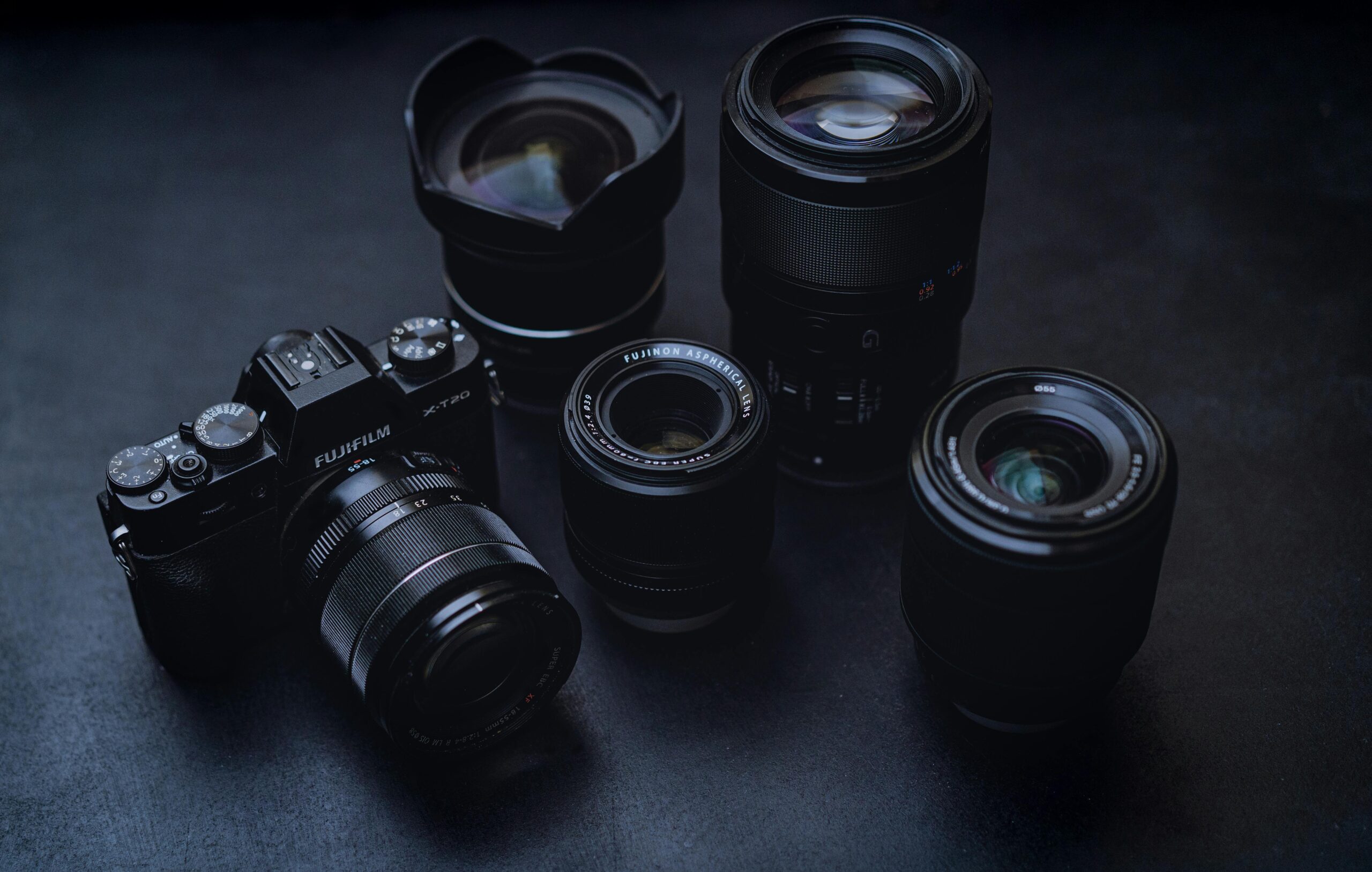
If you’ve ever found yourself staring at a camera lens display, wondering whether to go for a prime or a zoom lens, you’re not alone. It’s one of the most debated topics among photographers, and both types have their own pros and cons. Whether you’re a beginner or an experienced shooter, understanding the differences can help you make the best choice for your style of photography. Let’s break it down!
What is a Prime Lens?
A prime lens has a fixed focal length, meaning it doesn’t zoom in or out. Popular choices include 35mm, 50mm, and 85mm lenses. If you want to change your perspective, you have to physically move closer or farther away from your subject.
Pros of Prime Lenses:
- Sharper Images – Since they have fewer moving parts, prime lenses typically produce sharper and higher-quality images.
- Wider Apertures – Many prime lenses have wide apertures (like f/1.8 or f/1.4), making them great for low-light situations and achieving beautiful background blur (bokeh).
- Lighter and More Compact – Without extra glass elements for zooming, they tend to be smaller and easier to carry around.
- Encourages Creativity – With a fixed focal length, you learn to move around and frame your shots more intentionally.
Cons of Prime Lenses:
- Less Versatile – If you need to shoot subjects at different distances, you’ll either need multiple prime lenses or have to move around a lot.
- More Lens Swapping – You might find yourself changing lenses frequently, which can be inconvenient in fast-paced shooting situations.
What is a Zoom Lens?
A zoom lens has a variable focal length, allowing you to zoom in and out without changing lenses. Common options include 24-70mm, 70-200mm, and 18-135mm lenses.
Pros of Zoom Lenses:
- More Versatile – You can cover multiple focal lengths with a single lens, making it great for travel, events, and everyday photography.
- Less Lens Swapping – With a good zoom lens, you can avoid carrying multiple lenses and reduce the time spent changing them.
- Great for Capturing Action – If you’re shooting sports, wildlife, or any fast-moving subjects, zoom lenses allow you to quickly adjust your framing without moving.
Cons of Zoom Lenses:
- Bulkier and Heavier – Zoom lenses tend to be larger and heavier due to the extra glass elements.
- Narrower Apertures – Most budget-friendly zoom lenses have narrower apertures (like f/3.5-5.6), making them less ideal for low-light shooting and bokeh effects.
- Slightly Less Sharp – While modern zoom lenses are incredibly sharp, prime lenses still have the edge in overall image quality.
Which One Should You Choose?
The best lens for you depends on your photography needs:
- Go for a Prime Lens if: You love portrait, street, or low-light photography and prioritize image quality and wide apertures.
- Go for a Zoom Lens if: You need versatility for travel, events, or action shots where changing lenses frequently isn’t practical.
Final Thoughts
There’s no wrong choice—both prime and zoom lenses have their strengths. Many photographers end up with a mix of both in their kit. If you’re just starting, a 50mm prime lens is a fantastic and affordable option to explore. If versatility is your top priority, a zoom lens like a 24-70mm can be your best friend.
So, which team are you on? Prime or zoom? Let me know in the comments!


